Filter by
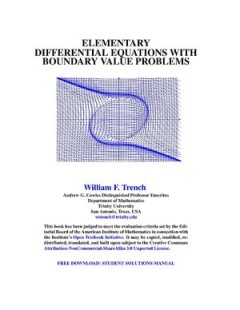
Elementary Differential Equations
Elementary Differential Equations with Boundary Value Problems is written for students in science, engineering, and mathematics who have completed calculus through partial differentiation. If your syllabus includes Chapter 10 (Linear Systems of Differential Equations), your students should have some preparation in linear algebra. In writing this book I have been guided by the these principles: …
- Edition
- -
- ISBN/ISSN
- -
- Collation
- -
- Series Title
- -
- Call Number
- 500
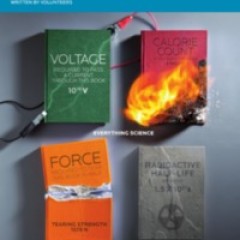
Everything Science : Grade 10 Physical Science. Version 1 – CAPS
In the physical sciences there are many skills that you need to learn. These include working with units, basic mathematics skills and laboratory skills. In this chapter we will revise some of these skills that you should know before starting to study physical science. This chapter is intended as a reference guide to assist you in your journey of studying physical science.
- Edition
- -
- ISBN/ISSN
- -
- Collation
- -
- Series Title
- -
- Call Number
- 500
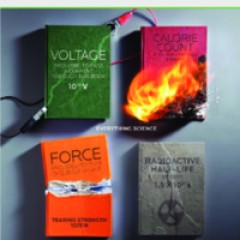
GRADE 11 PHYSICAL SCIENCES. VERSION 1 CAPS
In grade 10 you learnt about vectors in one dimension. Now we will take these concepts further and learn about vectors in two dimensions as well as components of vectors. As a very short recap, a vector has both a magnitude and a direction. There are many physical quantities, like forces, that are well described by vectors (called or known as vector quantities). We often use arrows to represent…
- Edition
- -
- ISBN/ISSN
- -
- Collation
- -
- Series Title
- -
- Call Number
- 500

Introduction to Atomic Physics
This lecture provides a general overview of atomic, molecular, and optical (AMO) physics.
- Edition
- -
- ISBN/ISSN
- -
- Collation
- -
- Series Title
- -
- Call Number
- 500
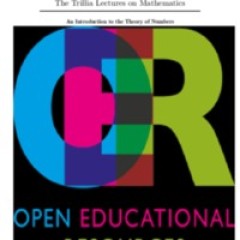
An Introduction to the Theory of Numbers
This book, which presupposes familiarity only with the most elementary concepts of arithmetic (divisibility properties, greatest common divisor, etc.), is an expanded version of a series of lectures for graduate students on elementary number theory. Topics include: Compositions and Partitions; Arithmetic Functions; Distribution of Primes; Irrational Numbers; Congruences; Diophantine Equations; …
- Edition
- -
- ISBN/ISSN
- -
- Collation
- -
- Series Title
- -
- Call Number
- 500
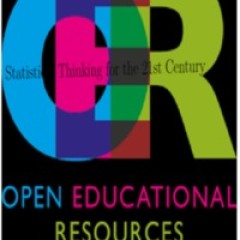
Statistical Thinking for the 21st Century
Statistical thinking is a way of understanding a complex world by describing it in relatively simple terms that nonetheless capture essential aspects of its structure, and that also provide us some idea of how uncertain we are about our knowledge. The foundations of statistical thinking come primarily from mathematics and statistics, but also from computer science, psychology, and other fields …
- Edition
- -
- ISBN/ISSN
- -
- Collation
- -
- Series Title
- -
- Call Number
- 500
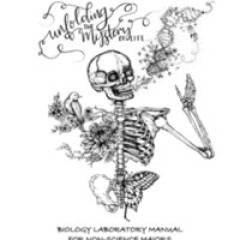
Unfolding the Mystery of Life, Biology Lab Manual for Non-Science Majors
This laboratory manual is intended for use in a biology laboratory course taken by non-science majors, pre-biology, and pre-allied health majors. Laboratory exercises provide students with experience in basic laboratory skills, gathering and organizing data, measuring and calculating, hypothesis testing, analysis of data, writing, and laboratory safety. The skill sets are designed to promote th…
- Edition
- -
- ISBN/ISSN
- -
- Collation
- -
- Series Title
- -
- Call Number
- 500
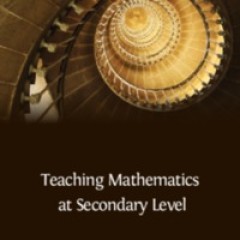
Teaching Mathematics at Secondary Level
Teaching Mathematics is nothing less than a mathematical manifesto. Arising in response to a limited National Curriculum, and engaged with secondary schooling for those aged 11 ̶ 14 (Key Stage 3) in particular, this handbook for teachers will help them broaden and enrich their students’ mathematical education. It avoids specifying how to teach, and focuses instead on the central principles a…
- Edition
- -
- ISBN/ISSN
- -
- Collation
- -
- Series Title
- -
- Call Number
- 500
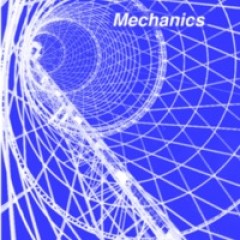
Mechanics
This is a calculus-based book meant for the first semester of a first year survey course taken by engineering and physical science majors. It has a traditional order of topics whereby force is discussed before energy. It is divided into 17 chapters that cover a review of high school physics, scaling and estimation, vectors, velocity, acceleration, forces, circular motion, gravity, conservation …
- Edition
- -
- ISBN/ISSN
- -
- Collation
- -
- Series Title
- -
- Call Number
- 500
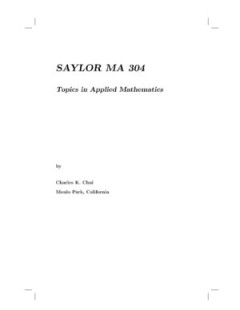
Topics in Applied Mathematics
The concepts and basic topics in elementary Linear Algebra and Calculus are reviewed and generalized to Linear Analysis in this first unit. In particular, the dot product, the vector space of R 2(that is, the x − y plane in Plane Geometry), and measurement of lengths of vectors in R2 , are extended to the “inner product,” the “inner-product space,” and “norm” measurement, respecti…
- Edition
- -
- ISBN/ISSN
- -
- Collation
- -
- Series Title
- -
- Call Number
- 500
 Computer Science, Information & General Works
Computer Science, Information & General Works  Philosophy & Psychology
Philosophy & Psychology  Religion
Religion  Social Sciences
Social Sciences  Language
Language  Pure Science
Pure Science  Applied Sciences
Applied Sciences  Art & Recreation
Art & Recreation  Literature
Literature  History & Geography
History & Geography